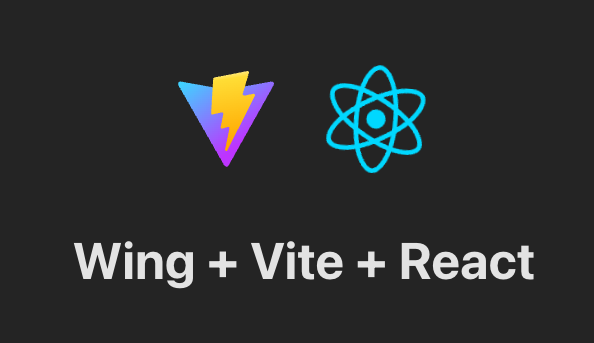63 個專案實戰,寫出作品集,讓面試官眼前一亮!
我來自世界各地的 DevOps 領域,在加入我現在的公司 SingleStore 之前,AI/ML 世界對我來說是全新的。我加入已經 8 個月了,一切進展得非常順利。從各種部落格、教程、工具等中學習AI/ML 中所有新的很酷的東西。這些要求的工具。順便說一句,我們有很多內容和材料可以開始,但我想看看...
最近我一直在嘗試讓一些程式設計師在 Upwork 上為我工作。每個申請者都提出了很多關於他們是否能夠真正處理我的專案的問題。 我還沒有僱用任何人。 。無所不...
這個週末我開始開發我的第一個 npm 包。我不敢相信我編寫程式碼已經有多久了,我從來沒有費心去建立自己的 npm 包,但我們來了。我使用 Gridsome 和 markdown 建立了我的最新網站,您可以[在此處](https://www.danvega.me/blog/hello-gridsome...
今天,我們將學習如何使用 Wing 作為後端建立全端應用程式。  我們將使用 React 和...
Sass 已成為本地安裝的強大預處理器,十多年來構成了我的專案的支柱。它使我能夠有效地組織可擴展且穩定的 CSS 包。即使在今天,我仍然認為 Sass 是一個非常強大的工具。然而,當我們步入 2024 年時,不可否認 CSS 已經經歷了快速發展。曾經是 Sass 獨有的功能現在已原生整合到 CSS ...
長話短說 ==== 我收集了您應該了解的 React 庫,以建立許多不同類型的專案並成為 React 奇才🧙♂️。 其中每一項都是獨一無二的,並且都有自己的用例。 別忘了給他們加星號🌟 讓我們開始吧!  。 JS 執行時內建了 Typescript 並簡化了模組解析。最重要的是,它將安全性提升到了一個新的水平,並縮小了我們在後端編寫 javascript 的方式與瀏覽器之間的差距。...
在本文中,我將概述各種[部落格平台及其程式碼注入功能](https://bloggingplatforms.app/blog/blogging-platforms-with-the-best-code-injection)。 想像自己是個博主,無論您是經驗豐富還是剛起步;你不僅僅是一個文字大師...
您可以使用無數的框架和函式庫來改進您的全端應用程式。 我們將介紹令人興奮的概念,例如應用程式內通知、使用 React 製作影片、從為開發人員提供的電子郵件 API 到在瀏覽器中建立互動式音樂。 那我們就開始吧。 (不要忘記為這些庫加註星標以表示您的支持)。  **這是這十年來作業系統命令列介面發生的最具創新性的事情!💡** 您現在可能想知道“這是什麼?...
對於未來的軟體工程師、設計師或產品經理來說,個人網站幾乎和履歷一樣成為標準——這是有充分理由的。個人網站是展示技術或設計悟性的好方法,並提供比標準簡歷更個性化和有趣的格式(而且您無論如何都可以將簡歷放在您的網站上)。網站比一張紙更具互動性,會讓您脫穎而出,並開啟潛在的對話主題。建立個人網站的方法有很...
精選技術文章、免費程式設計資源、以及業界重要新聞!
也歡迎訂閱 YouTube 頻道,觀看每週二晚間的《CodeLove Talk》直播節目,一起討論軟體開發相關的話題!